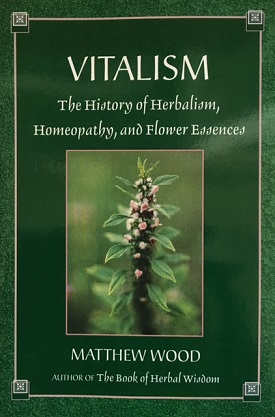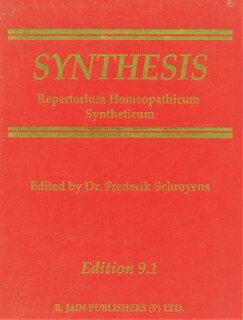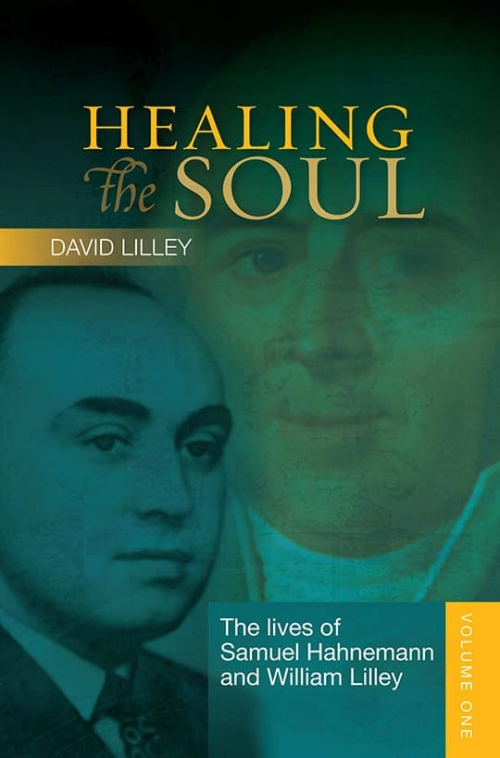Vitalism: The History of Herbalism, Homeopathy, and Flower Essences by MATTHEW WOOD [#WOOBOO]
$15.16
Description
formerly entitled The Magical Staff: Handing Down the Traditions of Natural Medicine
Anyone interested in the history of energy concepts in medicine has to have this book. It provides fascinating information about the leading vitalistic physicians and healers over the past 500 years, including Paracelsus, Hahnemann, Kent, Burnett, and Bach.
Review:
This book review is reprinted with the permission of
National Center for Homeopathy
E-mail address: info@homeopathic.org,
Reviewed by Julian Winston
About a year ago I was asked by Matthew Wood to write a preface to a book he was writing. Not wanting to write a piece of fluff based on a few select pages, I asked to see the entire manuscript. He sent it, I proofread it, and I wrote an introduction. The book has just been released by North Atlantic Books. It is a lively history of the roots of the vitalist tradition in medicine: from Paracelsus through Hahnemann, Rademacher, Thomson, Beech, Scudder, Kent, Burnett, and ending with Bach-and it is extremely well documented. It fleshes out the amazing interleaving of the thought processes of these people. After reading the chapters about Scudder and Kent I began to see Kent as an “eclectic” convert to homeopathy rather than an “allopathic convert.” And that gives Kent the beginning of his unique view of homeopathy.
Read Kent’s Lectures on Philosophy and his Lesser Writings. Compare the thinking and the meter to this quote of Scudder: “The first lesson of diagnosis is that the wrong of life finds a distinct and uniform expression in the outward manifestations of life … We learn to know the healthy man-know him by exercising all our senses upon him. We want to know how he feels, how he looks, how he smells, how he tastes, and what kind of sound he makes. Then we want to learn the diseased man in the same way and compare him to our healthy standard-certain expressions of life meaning health, and certain other expressions of life meaning disease… Men live a lifetime and know nothing of the manifestations of life. Students become conversant with books, attend their lectures, pass their examinations, and yet have no practical knowledge of human life. And physicians will practice medicine a lifetime, and yet fail to know what a healthy life is.” The best review I can give would be to repeat what I said in the book’s preface, which is, after all, a review of sorts: In 1963, historian and sociologist Lewis Mumford was asked if he wanted to update his 1934 book, Technics and Civilization, that had traced the development of technological society from medieval Europe through America in the 1930’s. He said that the basic insights for interpreting the events and the consequences of the intervening thirty years were contained within the book as it was written – and he left the work as it was.
To write any overview of history, one has to maintain a sufficient distance from it. The most important historical figures of the present fade to obscurity, while the insignificant moment-given but three lines on the last page of the newspaper-often prove the most critical over time. To gain a full perspective, one must step back very far.
Matthew Wood has, in this book, attempted the impossible: to give order to the pieces of medical history that have fallen by the wayside in traditional medical histories. These histories rarely mention the development of “vitalist” thinking. And when they do, it is relegated to a footnote of history-dead and forgotten certainly not something to be taken seriously in this age of technology and scientism. One contemporary book of medical history, after giving three paragraphs to vitalism, said that its concepts “…have long been discarded by men of science” while rationalism took its place. As we approach the second millennium, many of us can see that, in the field of medicine, technology and rationalist scientific models have not given us all the answers. The rebirth of homeopathy in Europe is moving faster than ever, and, in the United States, we are not far behind.
As we move toward a re-emergence of vitalist thinking, it is important that we understand where it all came from. This book fills that need. Because of the nature of the historical overview, the book is not complete. We have not yet understood where this is all going, although if we delve far enough back- to Paracelsus and to Hahnemann-we can get a fair view of the beginning.
Matthew Wood has bound together elements that have been often seen as separate the Botanical doctors, the Eclectics, the Kentian homeopaths-and has shown where, when, and how they connect. As a student of the history of homeopathy, I found that the insights I gained from the book placed a whole different skew to the history of vitalism as I had previously understood it.
The Magical Staff gives us a new piece of history. It is not complete, nor can it be. The next book-fifty years hence will put this century into perspective. But for today, this book is what we need. It should be chewed and digested. It is very filling!
HOMEOPATHY TODAY NOVEMBER 1992






Reviews
There are no reviews yet.